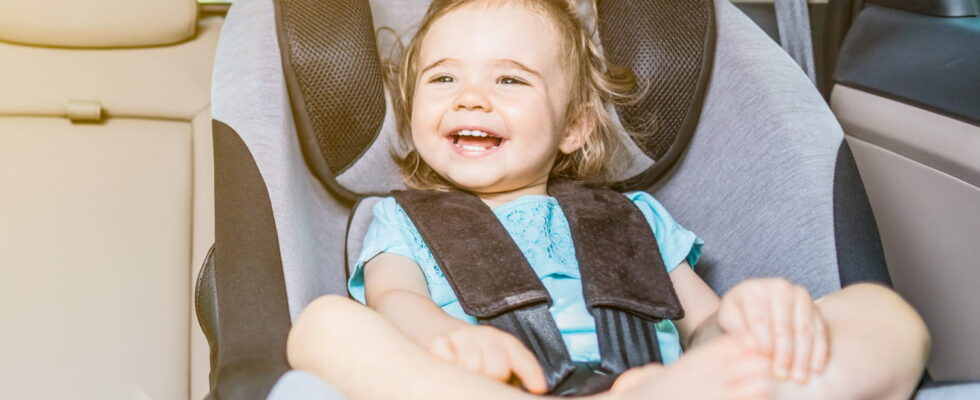Since September 1, 2024, a new standard called ECE R129 has become mandatory in cars. Here’s what you need to know if you’re transporting a child in their car seat.
Since September 1st, a new regulation concerning child car seats has come into force in Europe: the ECE R129 standard. This standard, often called “i-Size”, is gradually replacing the old ECE R44 standard and brings important changes to ensure better safety for children in cars. But what does this change in concrete terms for parents?
The first change concerns the way babies are transported in cars. They must be installed rear-facing from birth in a suitable car seat. But while the limit was set at 9 kg, this new standard now requires that children be transported in this way up to the age of 15 months. It is indeed necessary to take into account the size of the child and not only their weight, because some children could weigh 9 kg at the age of 6 months, for example. A proven measure to significantly reduce the risk of serious injuries in the event of an accident.
The new ECE-R129 standard also introduces a new method of classifying car seats, again based on the child’s height rather than their weight, allowing for more accurate and better-fitting installation. Another key change concerns safety testing. Car seats must now pass side impact tests, in addition to frontal tests, to be approved. This ensures increased protection in the event of a side collision, which is one of the most dangerous situations on the road.
For parents, these changes mean it is essential to check that the car seat they are using complies with this new standard, especially when purchasing a new seat. Parents will also need to get used to choosing a seat based on their child’s height and not just their weight.
